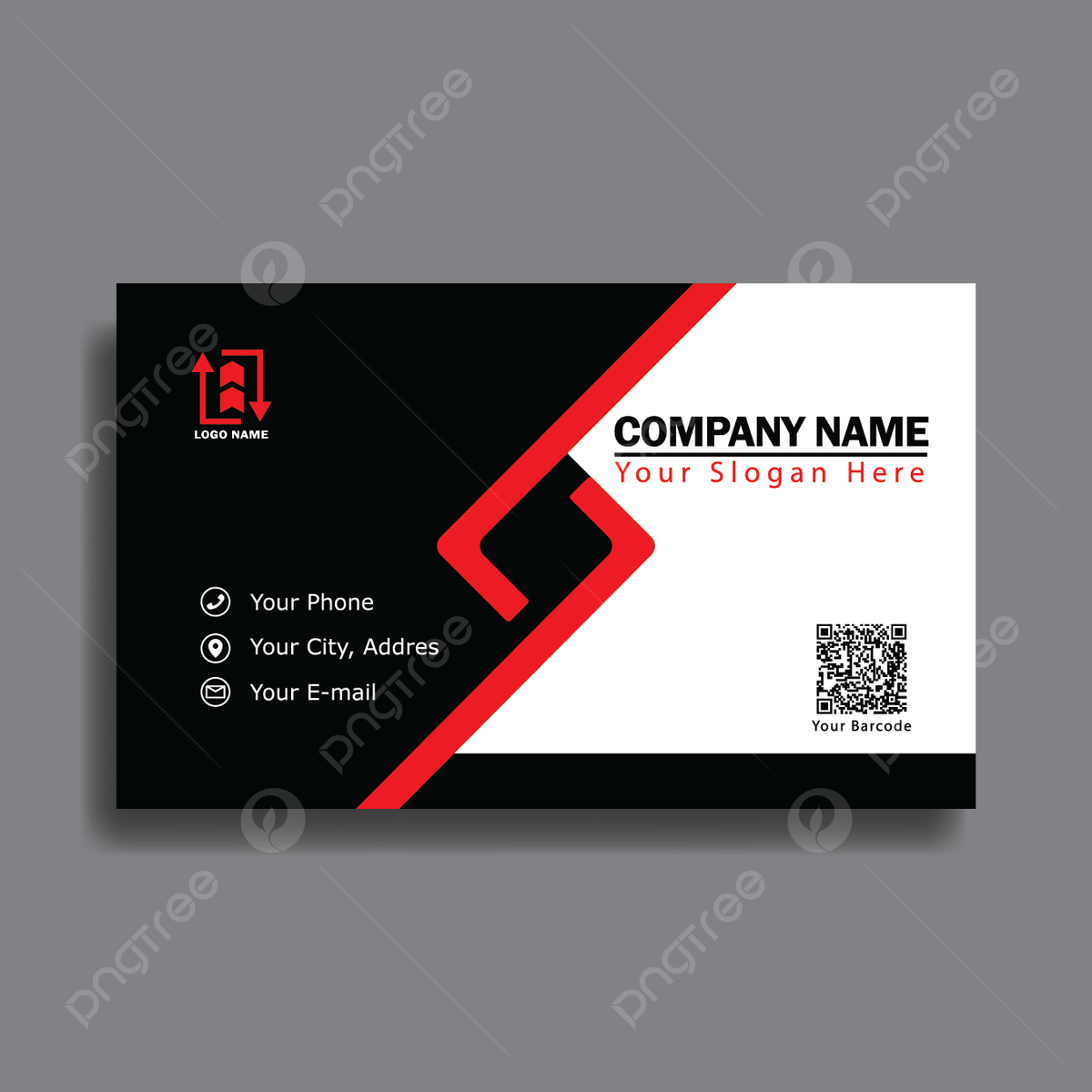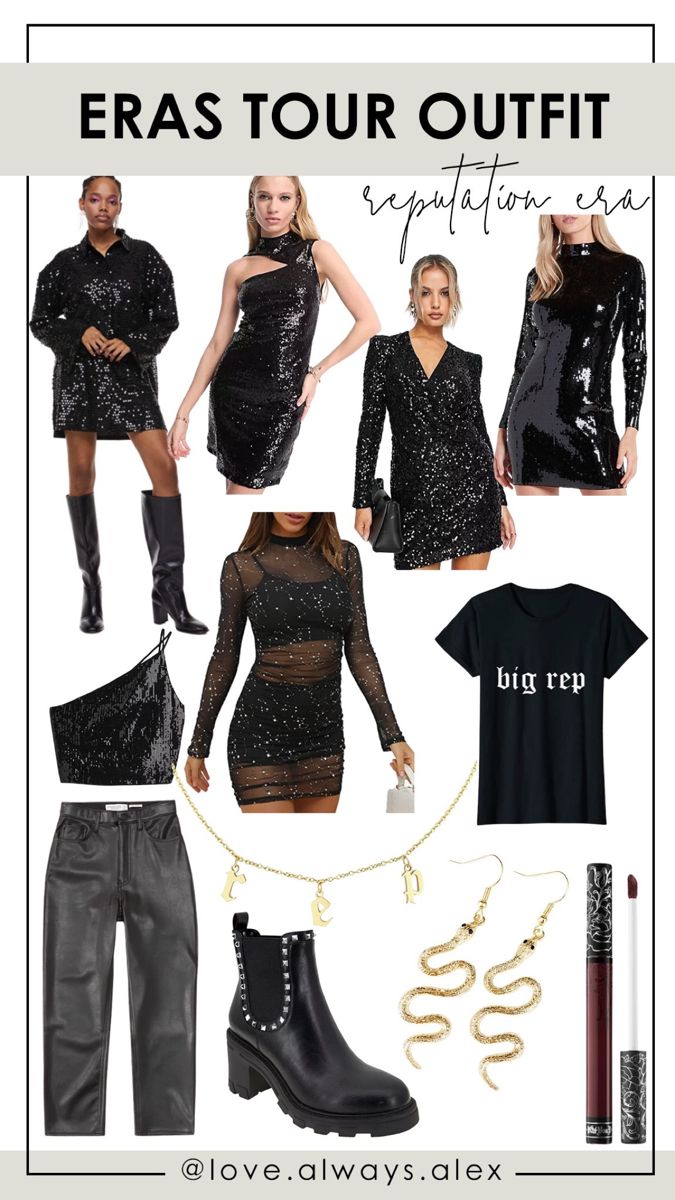In today’s fast-paced business environment, the humble business card still holds significant value. Whether you’re a budding entrepreneur or a seasoned professional, understanding the nuances of business card size can make a world of difference in how you’re perceived. In this article, we delve into every aspect of business card dimensions, ensuring you have all the information you need to make an informed decision.
Key Takeaways
- Standard business card size varies by region but generally hovers around 3.5 x 2 inches in the U.S. and Canada.
- Choosing the right size can impact your brand’s perception and functionality.
- Considerations include design, printing methods, and cultural norms.
- Custom sizes can make your card stand out but may come with additional costs.

Understanding Standard Business Card Size
When it comes to business cards, one size does not fit all. However, there are standard dimensions that most professionals adhere to, which can vary depending on the region. A typical business card size in the United States and Canada is 3.5 x 2 inches (88.9 x 50.8 mm). This size fits easily into wallets, cardholders, and is generally accepted in most networking scenarios.
International Business Card Sizes
While the U.S. and Canada have their own standards, other countries have different norms:
- Europe: Typically 3.3 x 2.1 inches (85 x 55 mm), slightly wider and shorter than the North American standard.
- Australia: Similar to Europe, often 3.54 x 2.165 inches (90 x 55 mm).
- Japan: Business cards, known as “meishi,” are usually 3.58 x 2.17 inches (91 x 55 mm).
Understanding these variations is crucial, especially if your business operates internationally. Presenting a card that aligns with local customs can enhance your professional image and respect for cultural norms.
Why Business Card Size Matters
The size of your business card isn’t just about fitting into a wallet. It plays a significant role in how your brand is perceived. A well-chosen size can convey professionalism, creativity, and attention to detail. Conversely, an awkward size might make your card stand out for the wrong reasons, such as not fitting into standard holders or being easily misplaced.
Impact on Design and Functionality
Design is inherently linked to the size of the card. The dimensions you choose will dictate the layout, font size, and the amount of information you can include without making the card look cluttered. Here are some considerations:
- Readability: A standard size ensures text is legible and the card is easy to handle.
- Branding: Larger cards may allow for more creative designs, but can be impractical.
- Functionality: Cards that are too large or an unusual shape might not fit in standard cardholders or wallets.
Ultimately, the right business card size balances aesthetics with practicality.
Exploring Custom Business Card Sizes
While standard sizes are the norm, opting for custom dimensions can help your business card stand out. Here are some creative options:
- Square Cards: Often 2.5 x 2.5 inches, these can make a bold statement and are memorable due to their unique shape.
- Mini Cards: Typically 3 x 1 inches, these are compact and can be a conversation starter.
- Folded Cards: Offering double the space, these are ideal for those who need to include more information.
While custom sizes can enhance your brand’s uniqueness, they may come with higher printing costs and potential inconvenience for recipients.
Factors to Consider When Choosing a Business Card Size

Several factors should influence your decision on business card size:

- Industry Standards: Some industries have specific expectations for business card sizes.
- Target Audience: Consider who will receive your card and their preferences.
- Budget: Custom sizes can be more expensive to design and print.
- Purpose: Determine whether the card is for networking, informational, or promotional purposes.
Balancing these factors will help you choose a size that aligns with your goals and budget.
In the digital age, business cards remain a powerful tool for networking and brand representation. The size of your business card is a critical element that influences its effectiveness. By understanding standard sizes, considering custom options, and factoring in industry norms and audience preferences, you can create a business card that not only looks great but also serves its purpose effectively. Whether you stick to tradition or venture into creative designs, the right business card size can leave a lasting impression.

